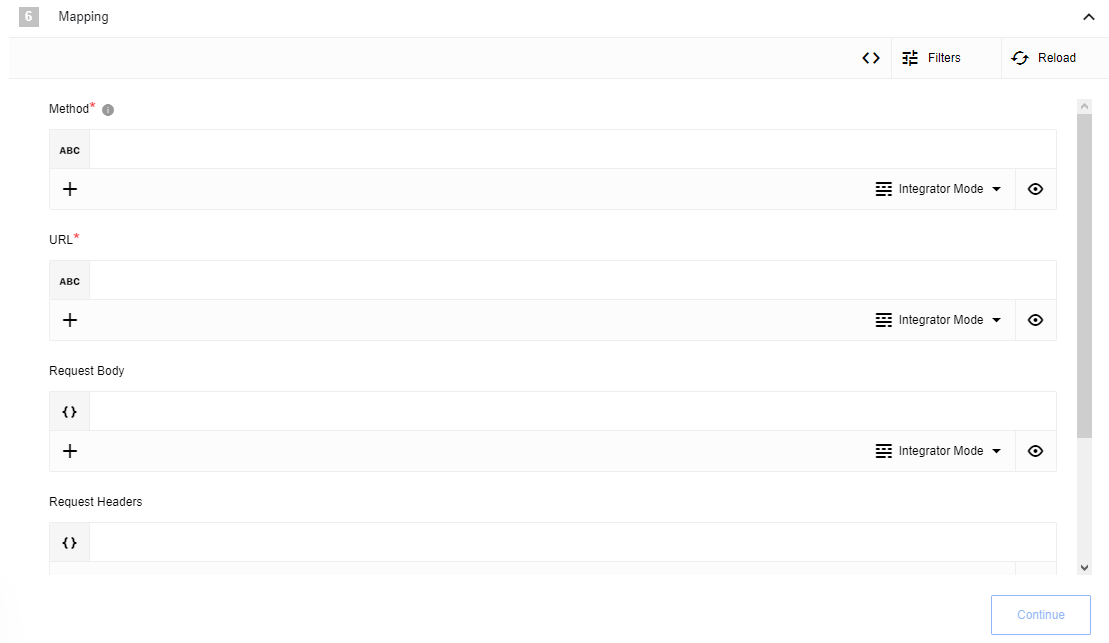Rest API NTLM Auth
A version of the REST API component which uses NTLM Authentication
Related pages:
Rest API NTLM Auth Component Technical Notes
Description
A version of the REST API component which uses NTLM Authentication
Credentials
Component credentials configuration fields:
- Username (string, required)
- Password (string, required)
- Domain (string, optional)
- Workstation (string, optional)
- Base URI (string, optional) - If provided, all requests made with the action should be appended to this base URL
Triggers
This component has no trigger functions. This means it will not be accessible to select as a first component during the integration flow design.
Actions
Make Raw Request
Executes custom request.

Configuration Fields
- Error Tolerance (dropdown, required): Determines behavior for when an erroneous HTTP code is received. Options are as follows:
- No Errors Tolerated: Any HTTP status code >= 400 should result in an error being thrown
- Only Not Found Errors Tolerated: HTTP status codes of 404, 410 or similar should result in a message being produced with the status code and the HTTP reponse. All other error codes should result in an error being thrown.
- None: Regardless of the HTTP error code, the component should produce an outbound message with the status code and the HTTP response.
- Manual: A range of error codes to throw errors on can be configured via the message input.
Input Metadata
- Url (string, required): Path of the resource relative to the URL base. If there is no URL base, or if then this should be treated as the full URl.
- Method (string enum, required): HTTP Verb for the request.
- HTTP headers (object, optional): HTTP headers to attach to the request
- Request Body (object, optional): Body of the request to send
- If Error Tolerance is Manual:
- HTTP Codes to throw errors (array of error ranges, optional default to
[]): A double array with a list of ranges of HTTP response codes to throw errors upon receiving Use a syntax that matches retry-axios. Example:[[400, 403], [405,599]]- Throw errors on all errors apart from 404. If array is empty, no error would be thrown, produce an outbound message with the status code and the HTTP response.
- HTTP Codes to throw errors (array of error ranges, optional default to
Output Metadata
- Status Code (integer, required): HTTP status code of the request
- HTTP Headers (object, optional): HTTP headers of the response
- Response Body (object, optional): JSON representation of the response body from the request